Ever wondered what sets snow crabs apart from king crabs? Prepare to be shell-shocked by these fascinating differences when we look at snow crab vs. king crab!
Icy Ocean Neighbors
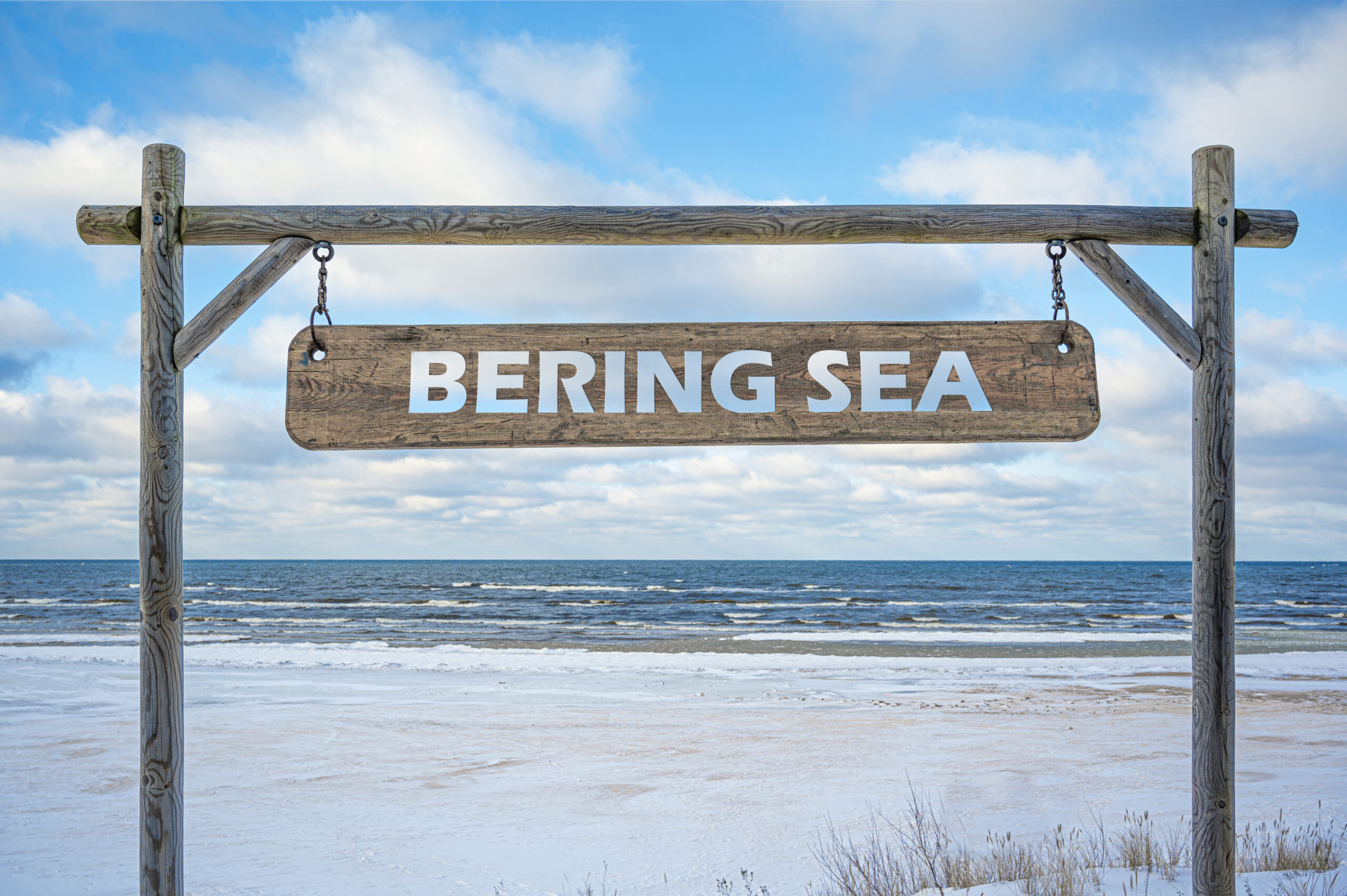
When it comes to this crab comparison, we have to look at where each crab makes its home. It turns out, these crabs are cozy neighbors.
King crabs thrive in the icy depths of the North Atlantic and Pacific Oceans. They particularly enjoy the Bering Sea and the Gulf of Alaska.
Snow crabs also call the North Atlantic and Pacific oceans their home. But they’re typically found in the Barents Sea off the coast of Canada and around Alaska.
Big Crab, Little Crab
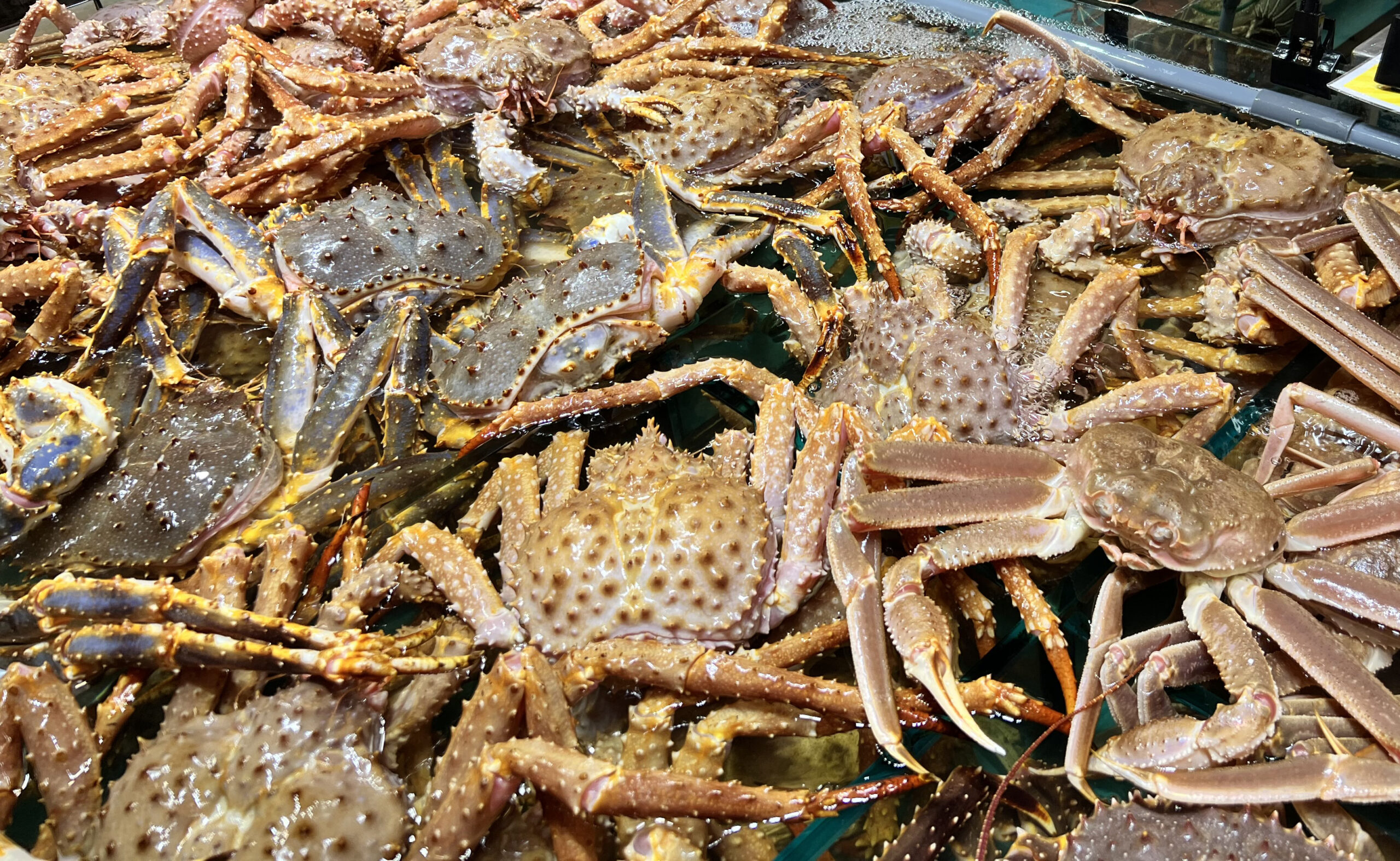
King crabs and snow crabs might share a chilly habitat, but they definitely don’t see eye to eye on size! King crabs are quite a bit bigger than snow crabs.
King crabs can stretch up to an almost unbelievable 6 feet from claw to claw—talk about needing more elbow room at the dinner table!
On the flip side, snow crabs are a bit daintier, with leg spans reaching a more modest 3 feet. Still pretty impressive, if you ask us!
Taste Test

When it comes to flavor, king crabs and snow crabs each have a distinct taste, making them true favorites among seafood fans.
King crab meat is peak luxury with its rich, sweet flavor and a hint of saltiness. The texture is firm yet tender for the perfect bite.
Snow crabs have a delicate sweetness that’s equally prized. Their meat is slightly more fibrous than king crab, but it’s renowned for its fine, almost velvety texture.
A Leg Up

One of the best ways to tell these two crabs apart is to simply count their legs. King crabs have six, while snow crabs have eight.
King crabs compensate for their lack of legs by having bigger, more powerful limbs. They have to be strong to support their heftier frame.
Snow crabs boast an extra pair of legs, bringing their total to four pairs. However, their legs are leaner, more delicate, and slightly less meaty.
Shell Tell
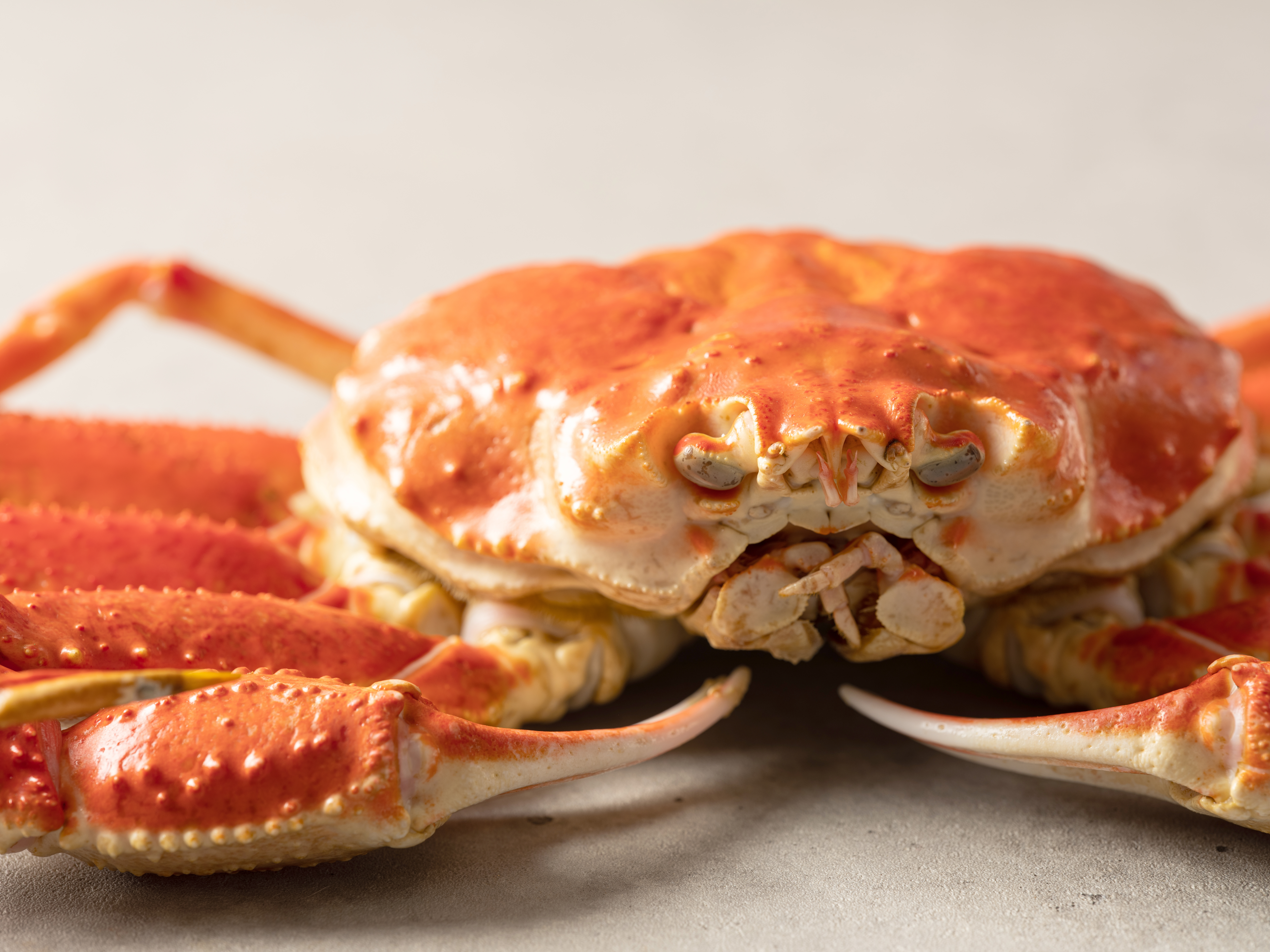
Another dead giveaway between king crabs vs. snow crabs is their shell texture. It’s essentially like comparing medieval armor to a sleek, streamlined wetsuit.
King crabs come equipped with a rugged, spiky exterior that’s as tough as it looks. It’s perfect for fending off predators and strutting the rocky ocean floor.
Snow crabs, on the other hand, sport a smoother, more streamlined shell. It’s finer and more delicate, reflecting their more agile way of life, darting around the seabed.
Body Shape
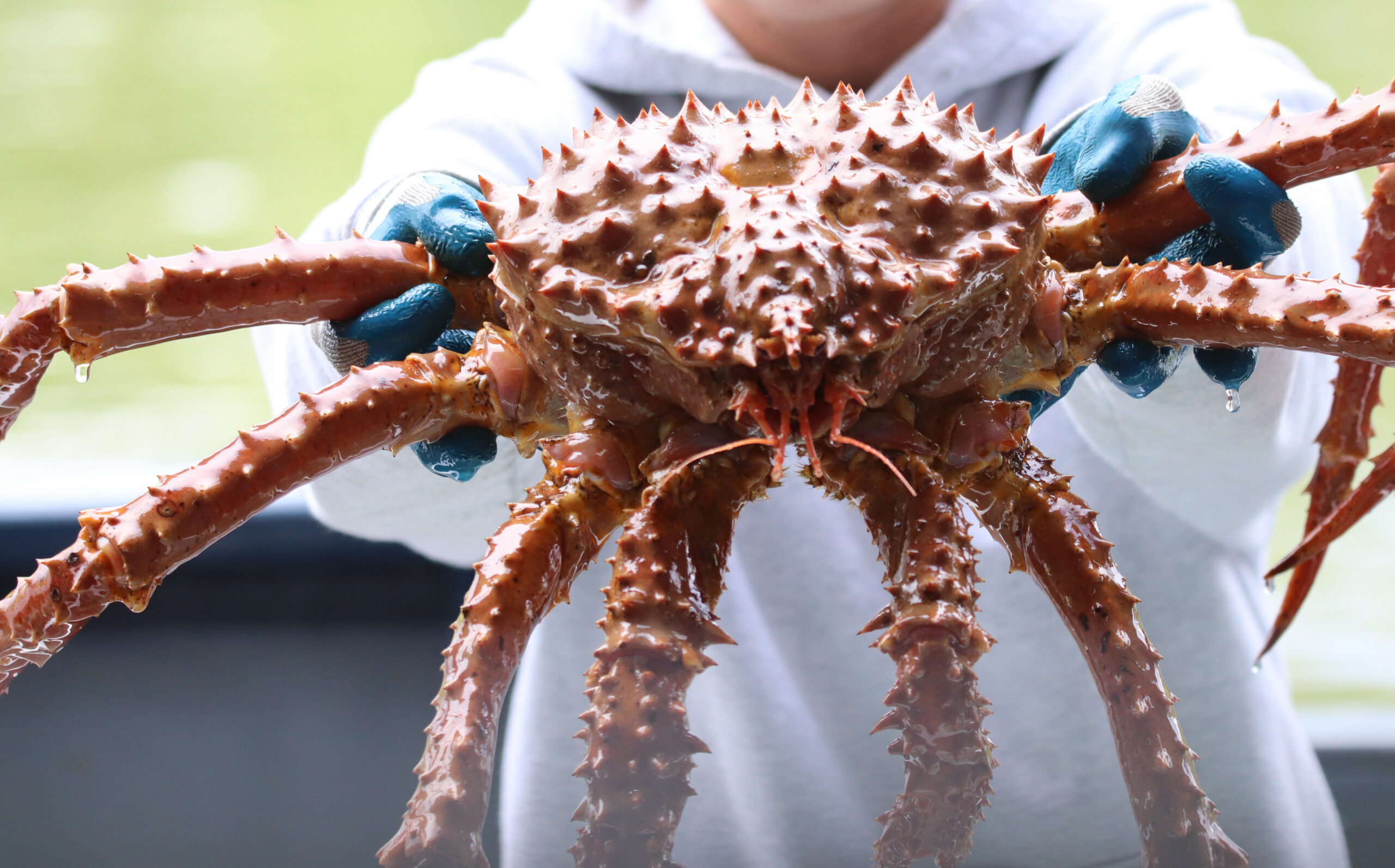
If you’re comparing the body shapes of king crabs and snow crabs, you might notice some interesting differences that set them apart in the underwater world.
King crabs have a large, fan-shaped body that almost seems like they’ve armored up for battle. This burly body supports their large size and heavy weight.
Snow crabs have a more compact, oval-shaped body. This sleek design is not just about aesthetics—it’s built for efficiency, allowing them to navigate and maneuver with peak agility.
Claw Shape
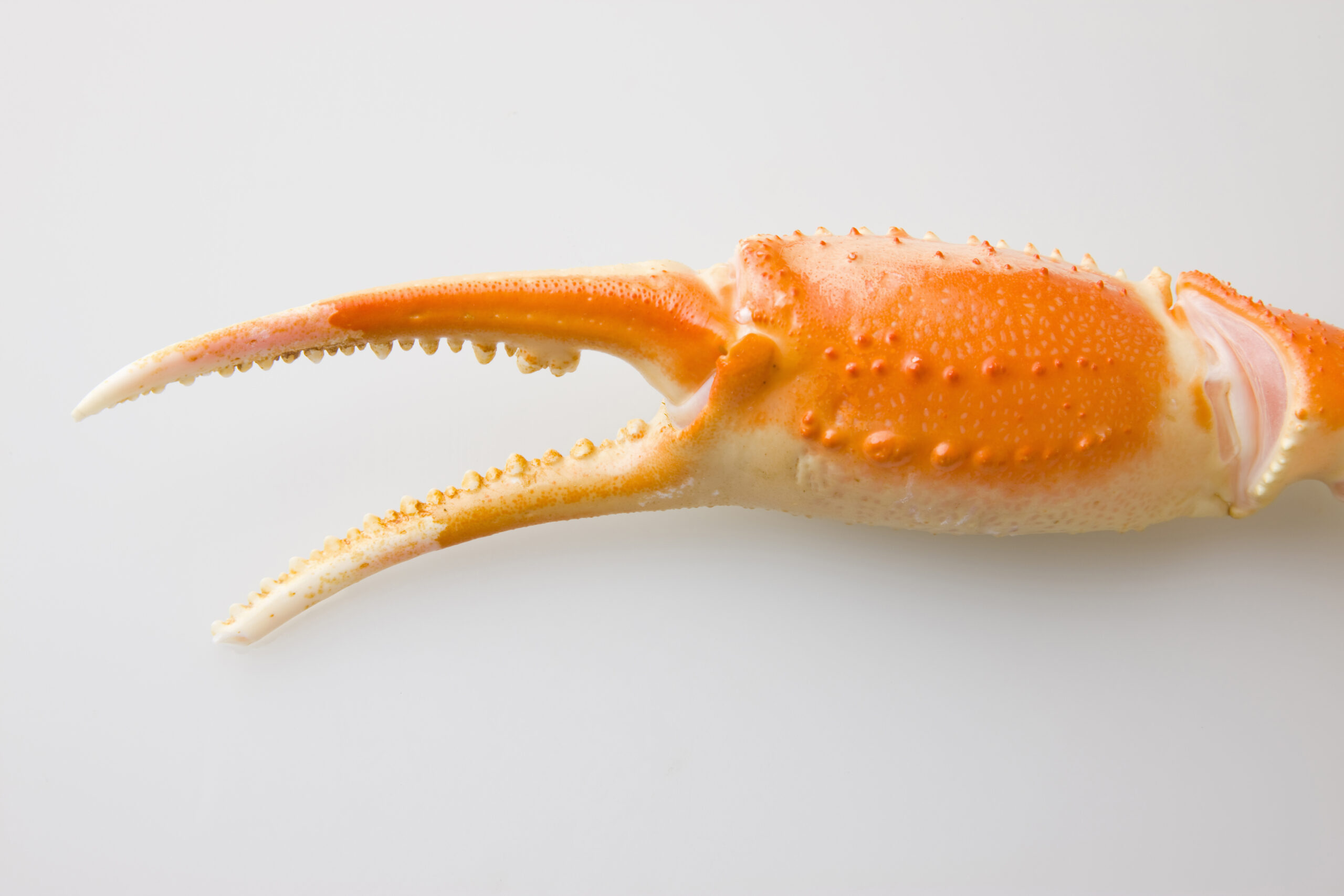
Snow crabs and king crabs have different claw shapes, which reflects their unique dietary preferences. As you might guess, the king crab’s claws are a bit more extreme.
King crab claws are bigger and have prominent spines and a powerful crushing power. They use these beefy claws for breaking open hard-shelled prey like clams and mussels.
Snow crab claws are more slender and elongated, with a smoother surface. This gives them greater precision for capturing smaller, more agile prey like fish and plankton.
Color Coded
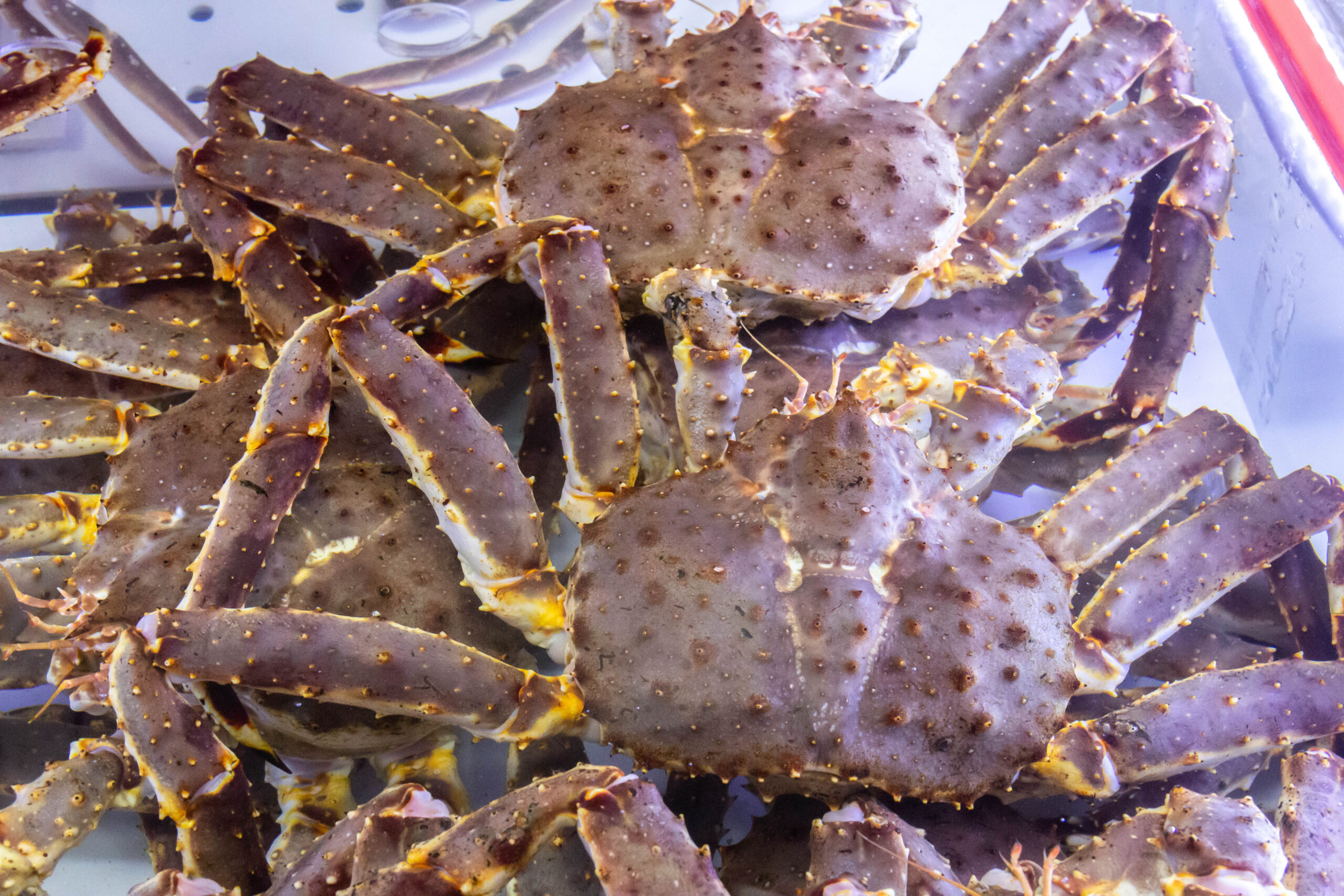
King crabs and snow crabs also bring their own unique colors to the ocean floor. It’s easy to remember that king crabs have more royal flair than their counterparts.
King crabs boast a striking reddish hue that makes them easy to spot. This vibrant color can range from a deep brick red to a lighter rusty shade.
Snow crabs, on the other hand, flaunt subtler tones. Their shells are typically colored in shades of brown and purple, giving them a more muted, earthy look.
Oceanic Old-Timers
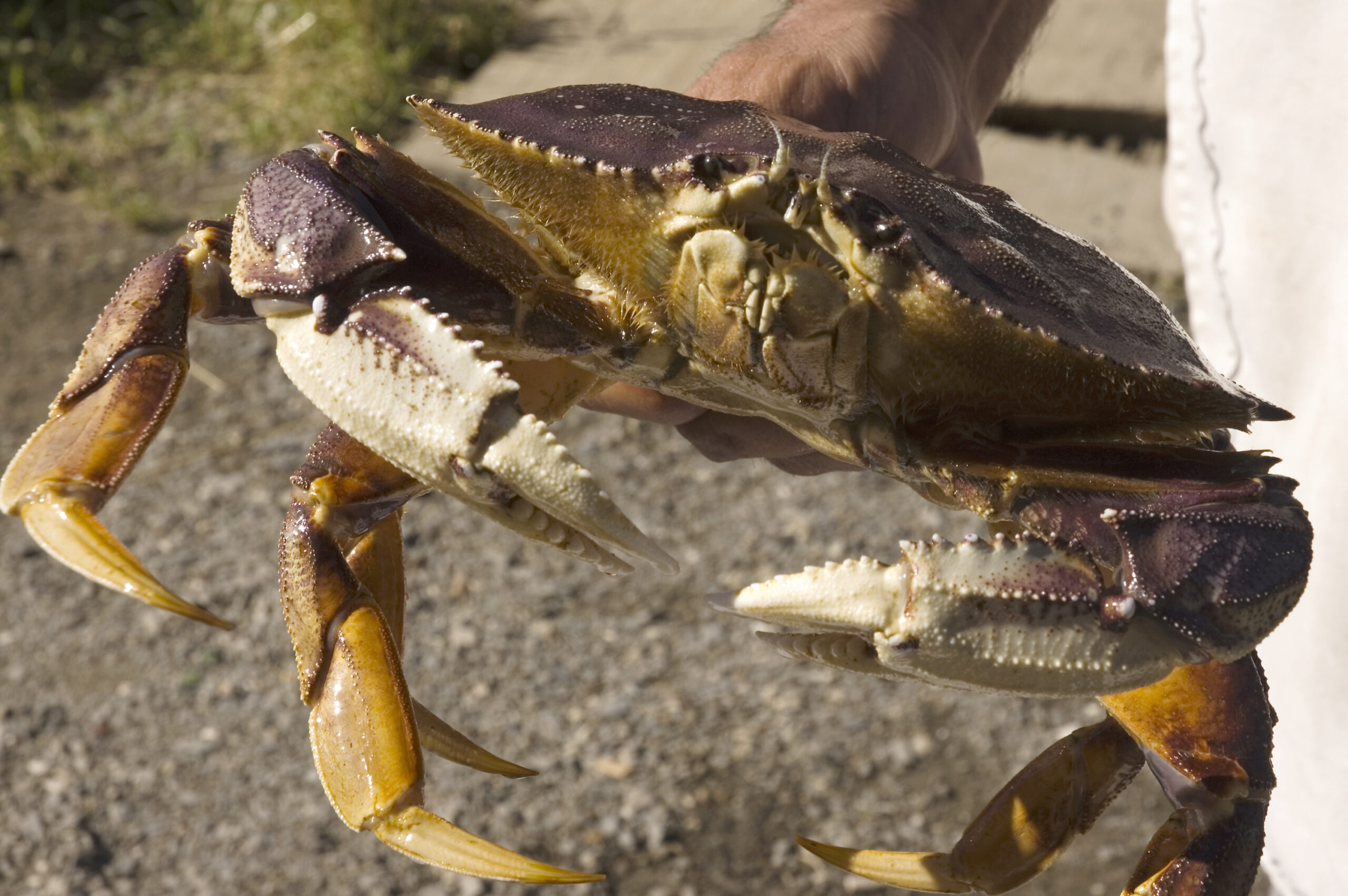
King crabs and snow crabs share a similar journey when it comes to their lifespan. They each live around 10 to 15 years in the wild.
Some king crabs can live up to 30 years! This lifespan is impressive in cold waters like the icy depths of the Bering Sea or the Gulf of Alaska.
This longer lifespan is critical for keeping crab populations high. Their unique lifecycle is a true testament to the resilience of underwater life in the face of harsh conditions!
Seafood Scavengers
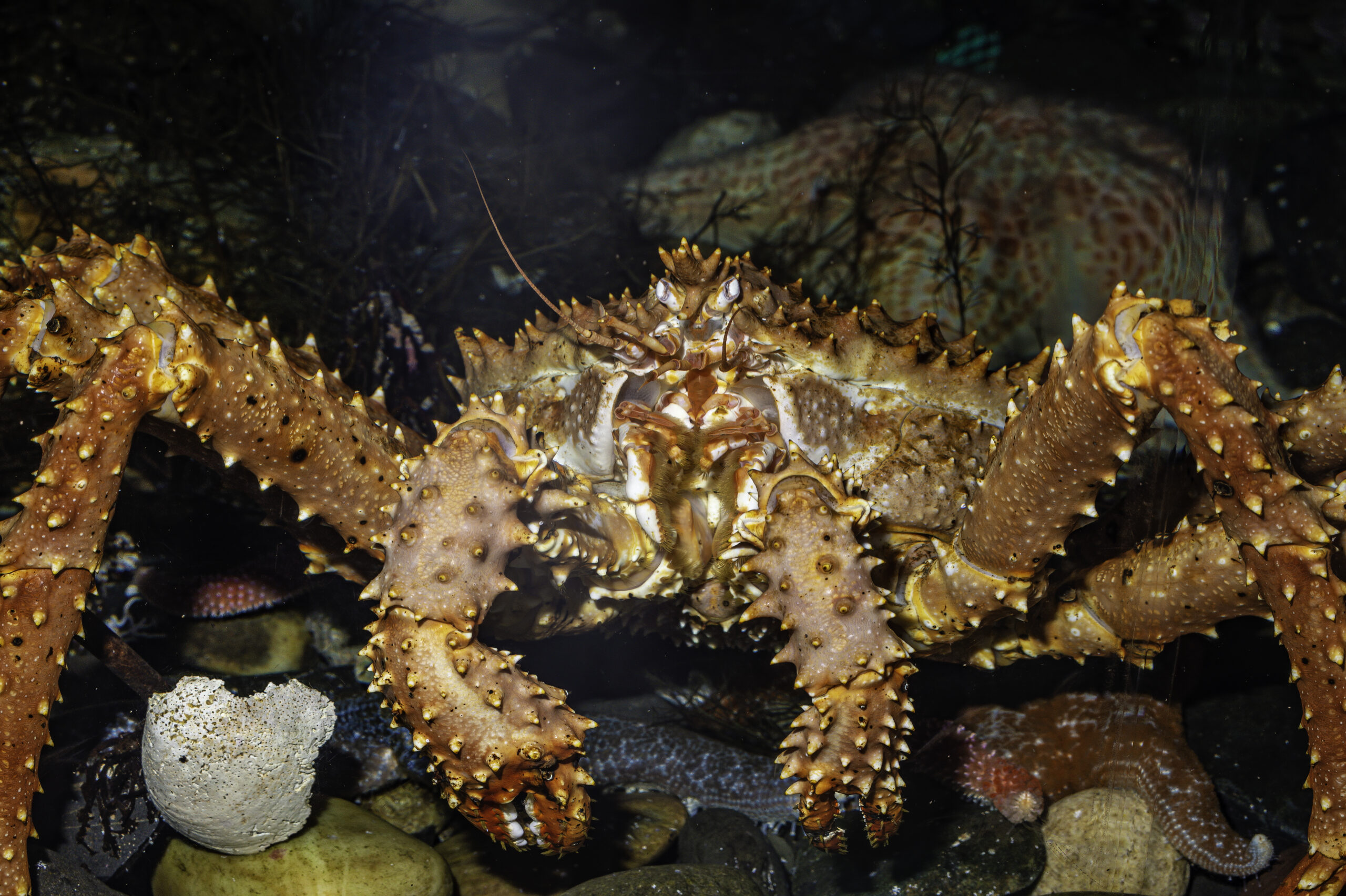
One area where these two crabs can definitely agree is on their seafood-based diets. Neither crab species is a picky eater, by any stretch of the imagination!
Both are omnivorous and have a diet that includes a smorgasbord of both plant and animal matter. However, they do have different preferences.
King crabs tend to dine on small ocean fish and crustaceans. Snow crabs are more inclined to eat algae and plankton, along with those meaty delights.
Price Point
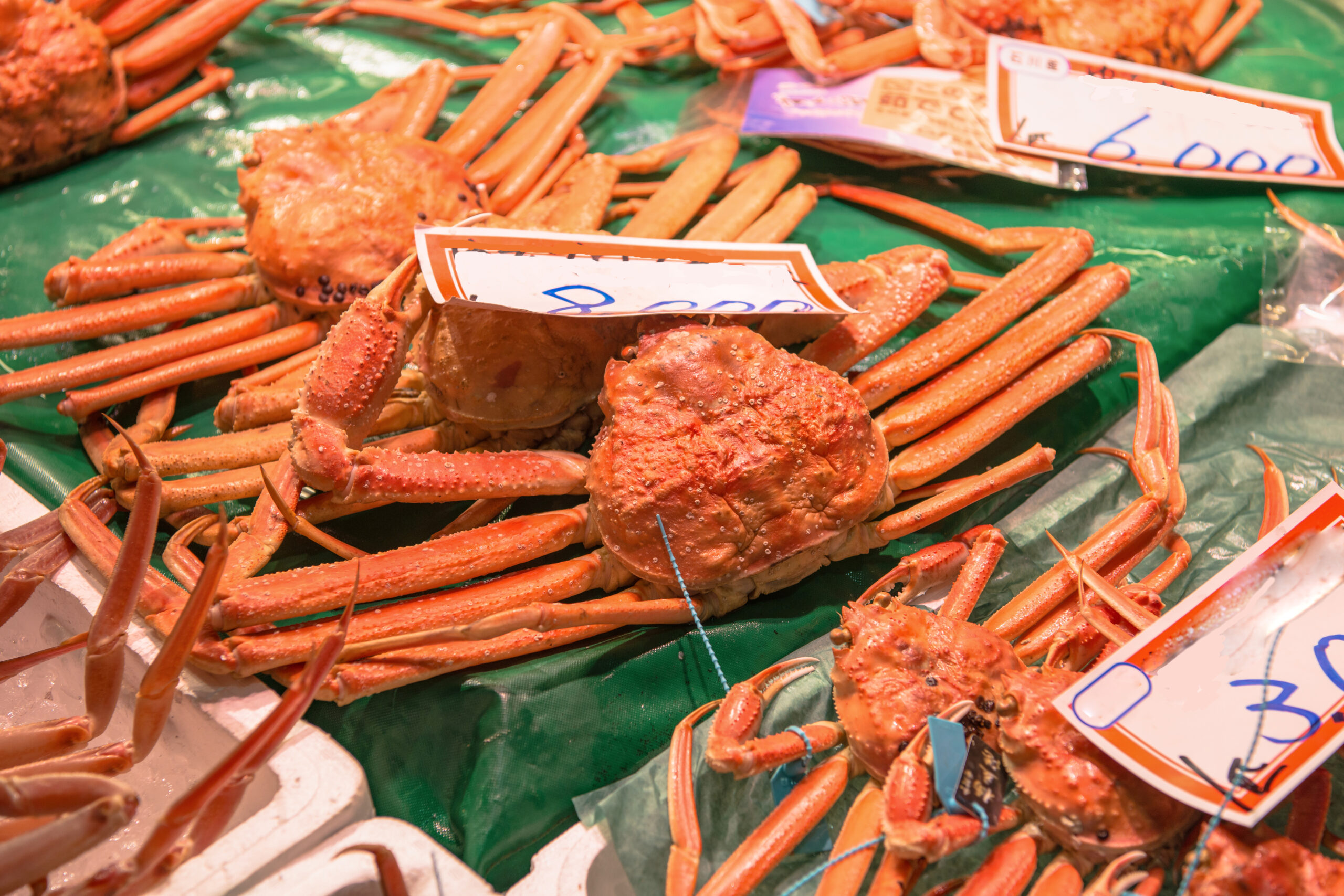
Want to host a crab feast that won’t cost more than your student loans? Choosing the crab variety with the lower price point is a good start.
King crabs are the more luxurious pick. They’re typically pricier because of their impressive size and rich, succulent meat. For special dinners, it’s a showstopper.
But for weeknight seafood dinners and casual crab feasts, snow crabs are typically more budget-friendly. Despite their lower price point, snow crabs still offer a delightful taste.
Meaty Marvels
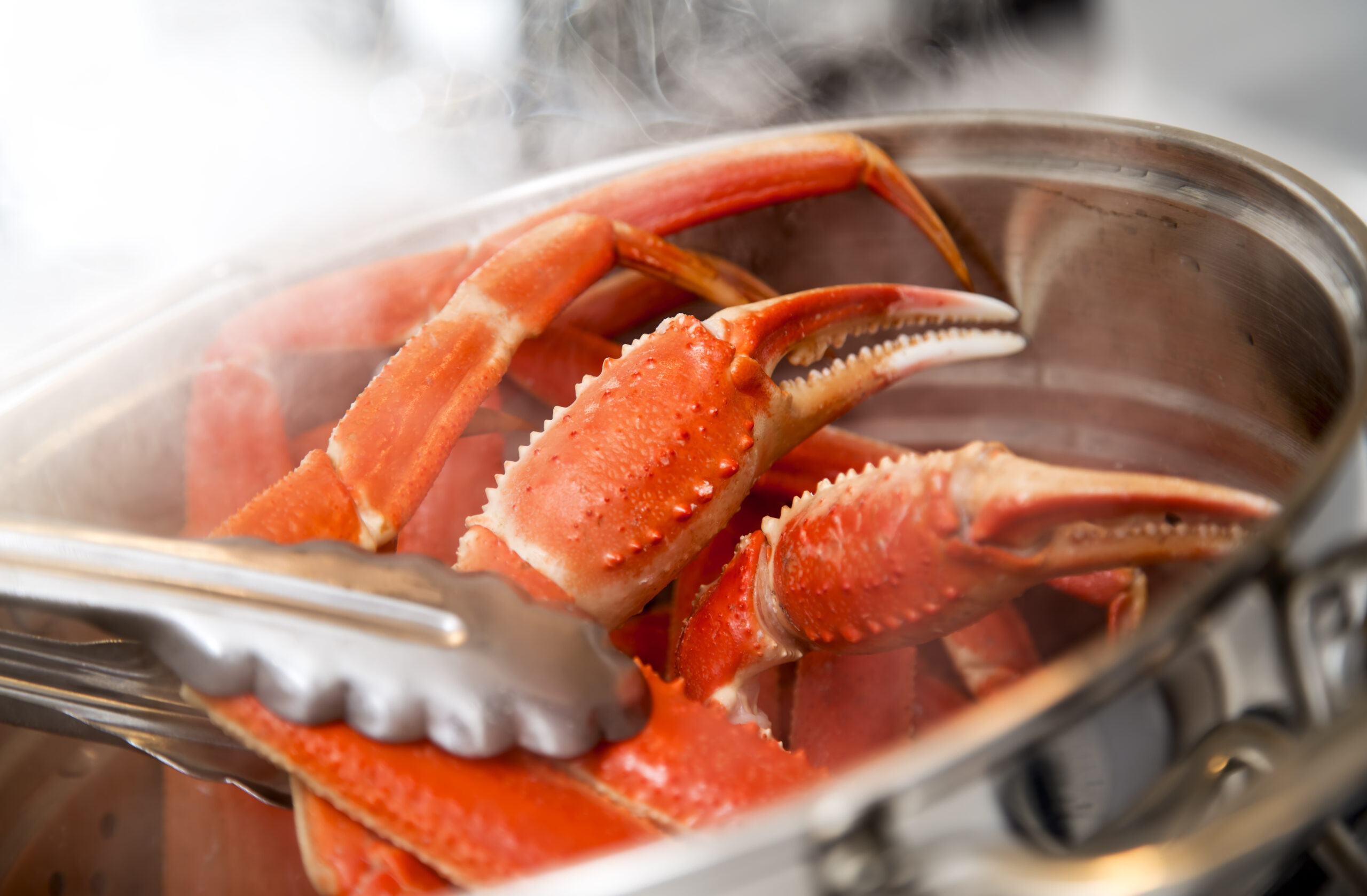
When you’re sizing up king crabs versus snow crabs, the difference in meat yield is pretty noticeable. King crabs really bring a lot to the table—literally!
Thanks to their larger size and hefty legs, the amount of meat they offer is substantial. The king crab’s legs and claws are packed with succulent meat.
Although the yield per crab for snow crabs is less than their king counterparts, snow crabs often come in larger numbers, which can help balance the scales.
Seasonal Specialties

If you’ve ever watched Deadliest Catch, you’ll know that crab fishing seasons are strictly regulated to maintain healthy populations and prevent overfishing. So when is crab season?
King crab season typically peaks in the fall. The most popular, the Alaskan king crab season, often starts in October and lasts just a few weeks.
Snow crabs have a longer harvesting window, generally lasting from late fall through early spring. This seasonality aligns with their life cycle and breeding patterns.
Cooking Methods
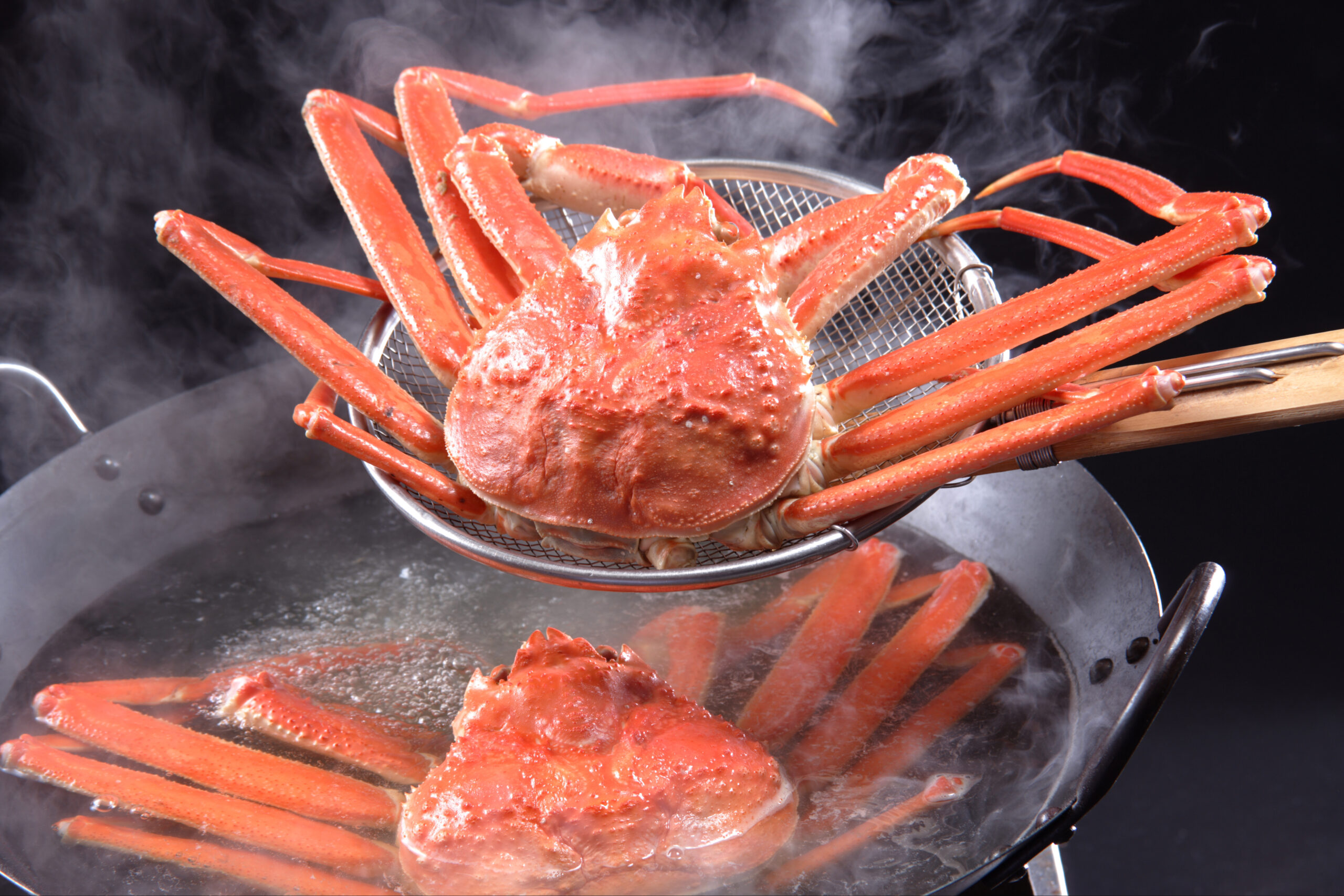
King crabs and snow crabs, both stars of the seafood world, offer amazing versatility in the kitchen. King crabs often come pre-cooked, making preparation a breeze.
Just reheat and serve! Popular methods include steaming, grilling, or broiling, perfect for enhancing their rich flavor. A brush of garlic butter before grilling is all it takes.
Snow crabs are usually sold pre-cooked as well. Their flavor thrives when steamed or boiled to maintain their delicate texture. Both crabs adapt wonderfully to various cuisines.
Fishing Fortunes
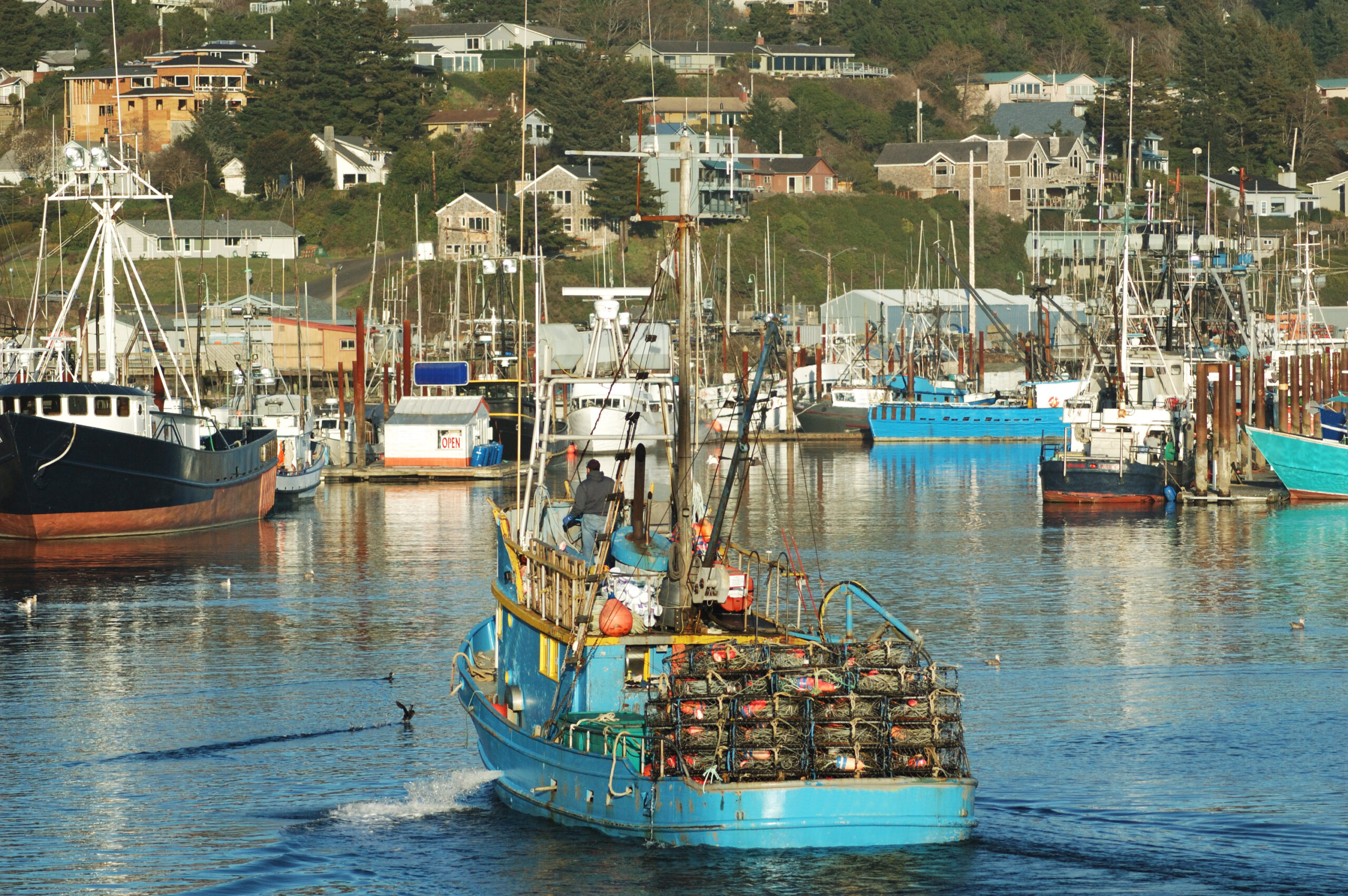
Commercial crab fishing is big business, as evidenced by the fact that there’s a whole television series dedicated to documenting these extreme king and snow crab catchers!
King crab fishing, especially, is renowned not just for the size and quality of the catch but also for the risks and challenges posed by the Bering Sea.
Snow crabs, while less dramatic in their capture, are equally important commercially. They’re harvested in larger quantities than king crabs, making them a staple in many seafood markets.
Ideal Dishes
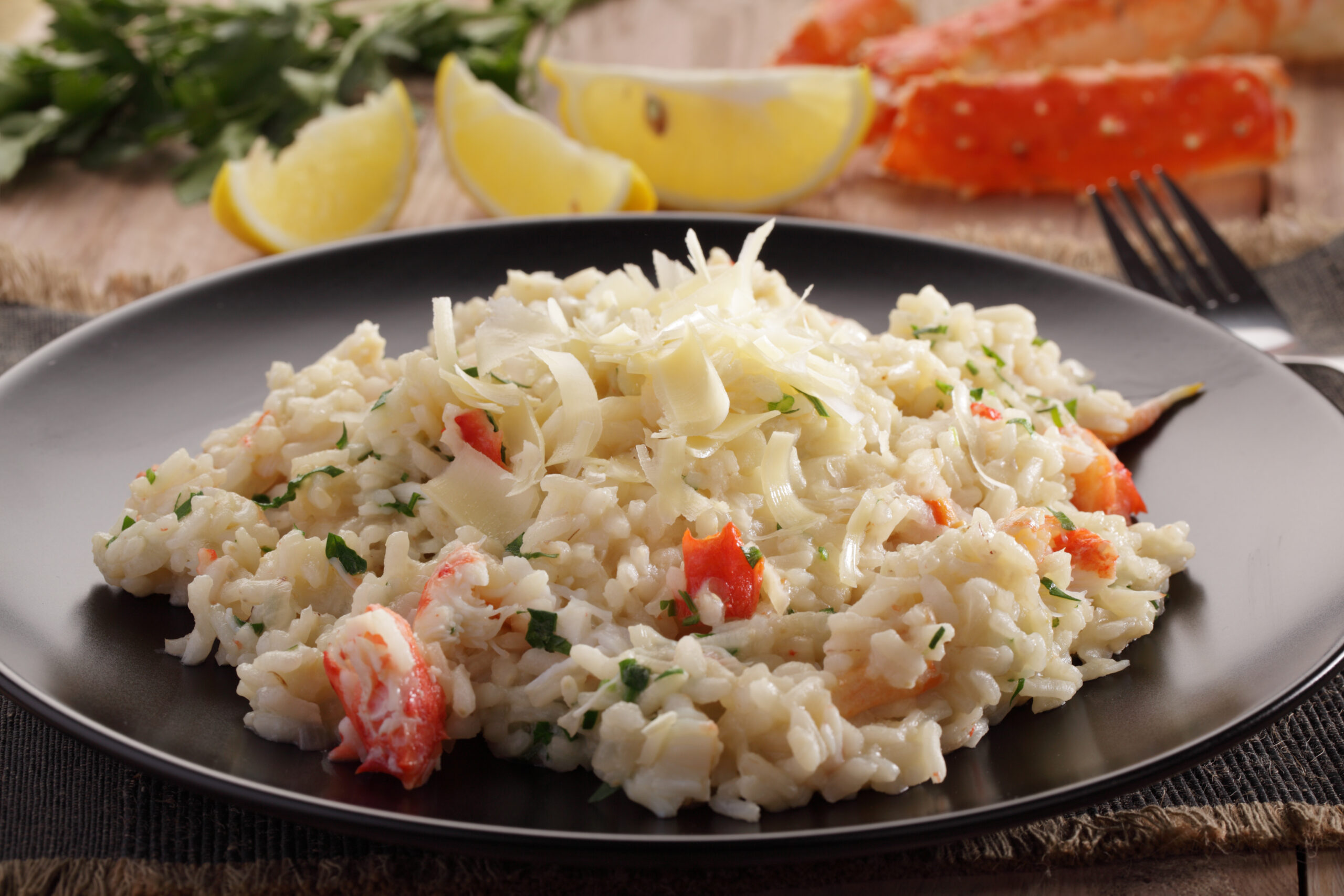
King crab really shines in dishes that allow its rich, sweet flavor to take center stage. Try steamed legs served with melted butter and a squeeze of lemon.
For a touch of elegance, king crab meat can also be the star in luxurious risottos or pasta dishes, where its hearty texture pairs beautifully with creamy sauces.
Snow crab, with its subtly sweet flavor, is perfect for lighter, delicate dishes. It’s wonderful in crab salads, mixed with a light dressing, or served in crab cakes.
Health From the Depths
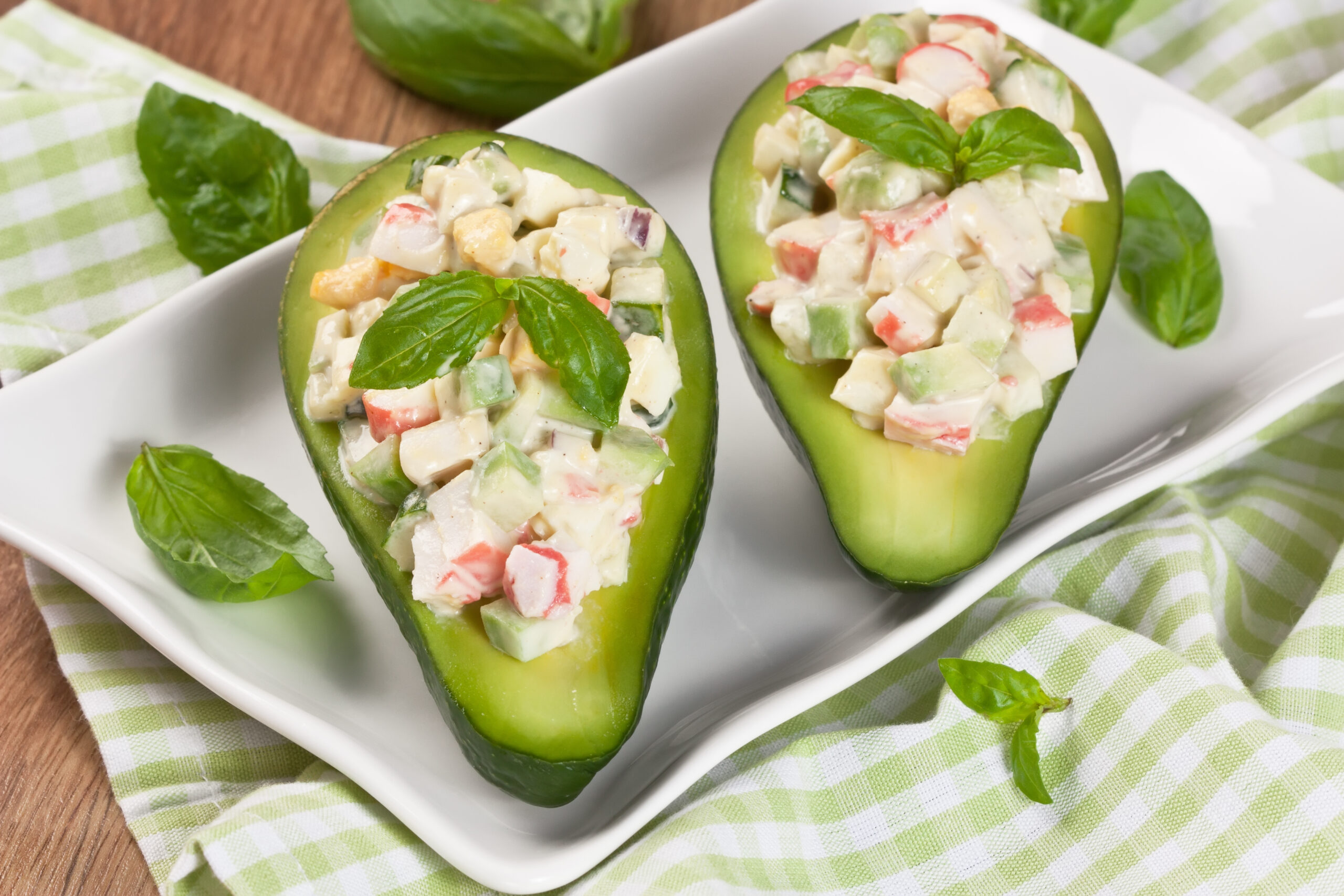
King crabs and snow crabs both offer nutritional benefits, making them a healthy choice for seafood lovers. They’re high in protein and low in fat.
This lean meat helps support muscle development and general health overall. They’re also rich in omega-3 fatty acids, which are crucial for heart health.
Both crabs are also a good source of vitamins such as vitamin B12, which is essential for nerve health and the production of DNA. Crab power!
Predator-Prone
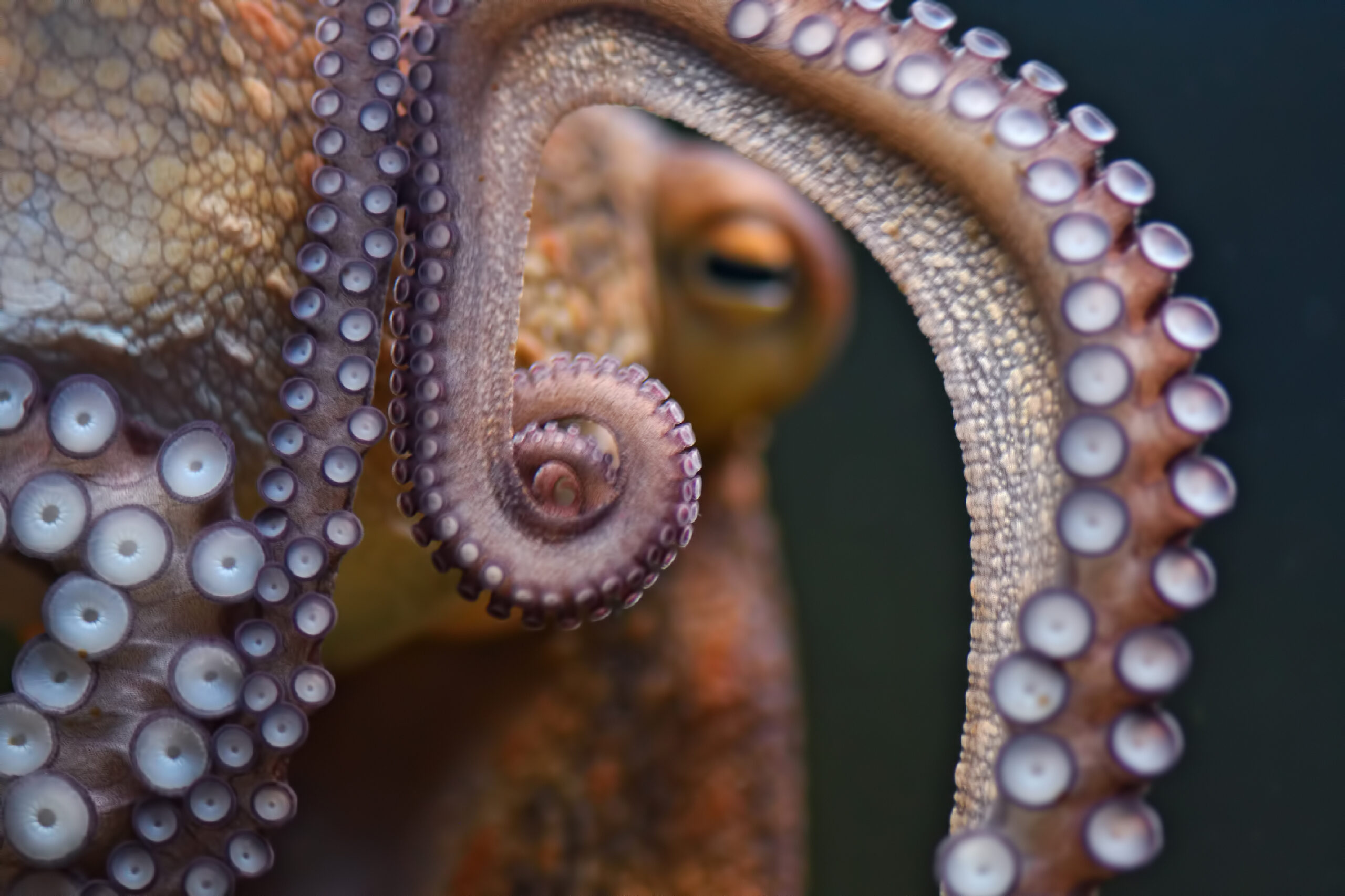
Humans aren’t the only ones who enjoy the taste of crab. King crabs and snow crabs face a variety of predators in their cold ocean habitats.
Both species have to contend with larger fish like halibut and cod, which prey on young and adult crabs alike. It’s a treacherous life in the sea.
Octopuses also pose a significant threat because they can pry open crabs’ shells with their strong, dexterous tentacles. Now that’s an image that’ll stick with you!
Sustainability Spotlight
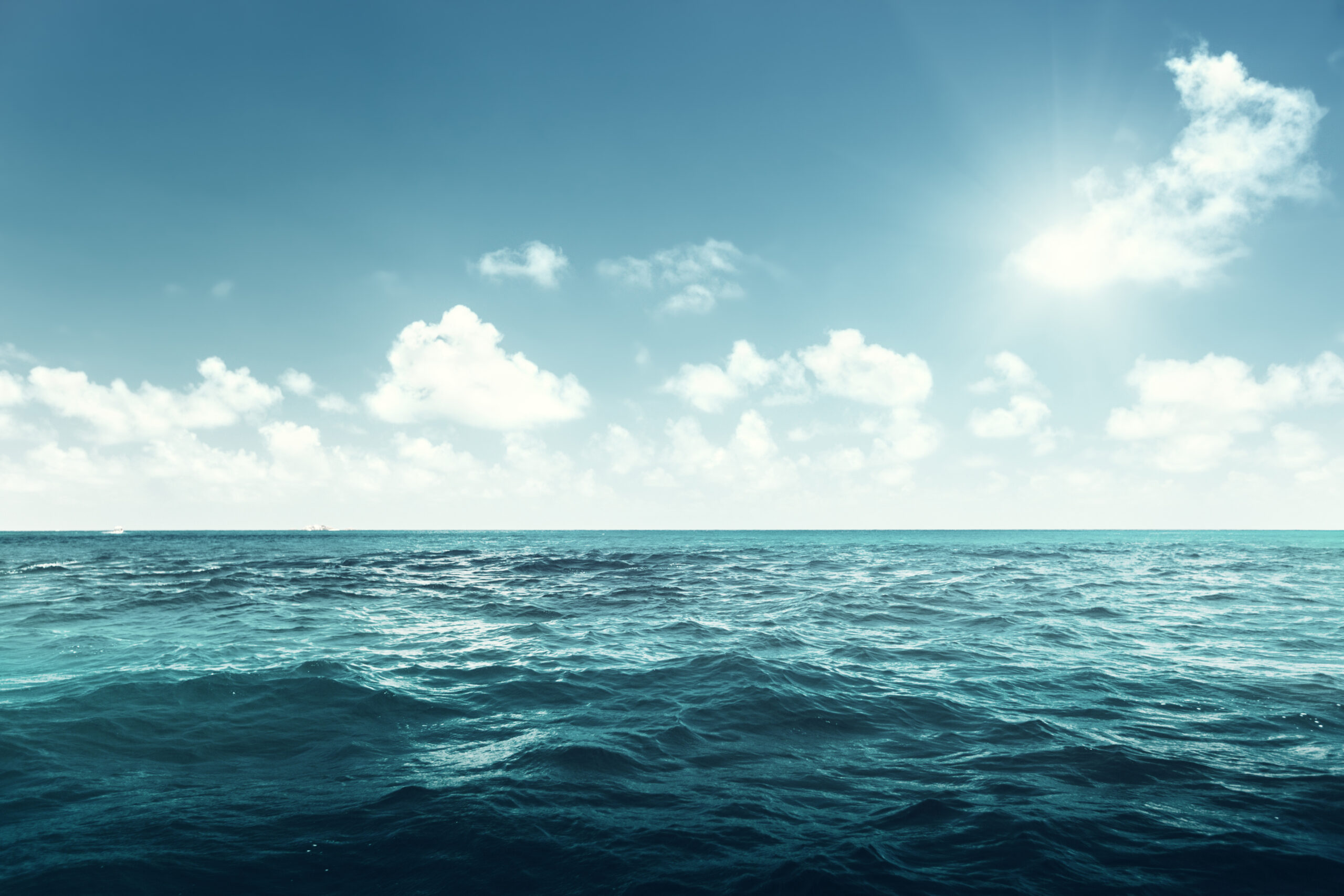
Both king crabs and snow crabs require strict regulations to prevent overfishing. These rules about when you can and can’t fish for crabs help their sustainability.
Snow crabs tend to be more sustainable than king crabs, though, thanks to their more stable populations. King crab fishing methods also tend to be more destructive.
Snow crab populations are more resilient, meaning they can better bounce back from fishing. This makes them the slightly more sustainable choice in many people’s minds.
Popularity Contest
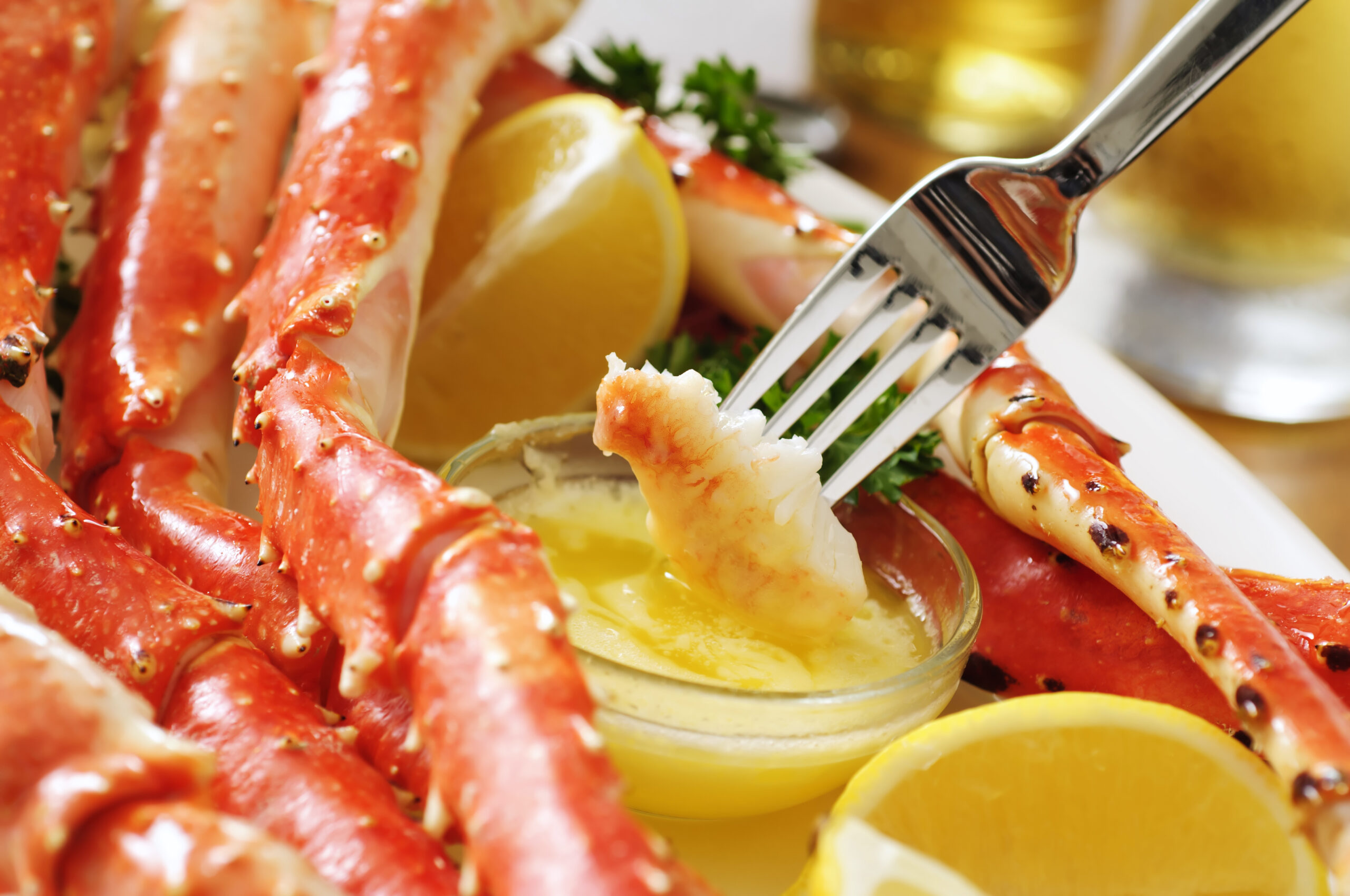
Which crab would come out ahead if they were both running for homecoming king? Well, unsurprisingly, it’s the crab with “king” literally in its name.
King crab is generally more popular among consumers because of its larger size, meatier legs, and rich flavor. King crab is often featured as a premium menu option.
Its higher demand is also reflected in the price of king crabs, which is usually higher. But snow crabs shouldn’t feel bad—they’re still an extremely popular seafood.
